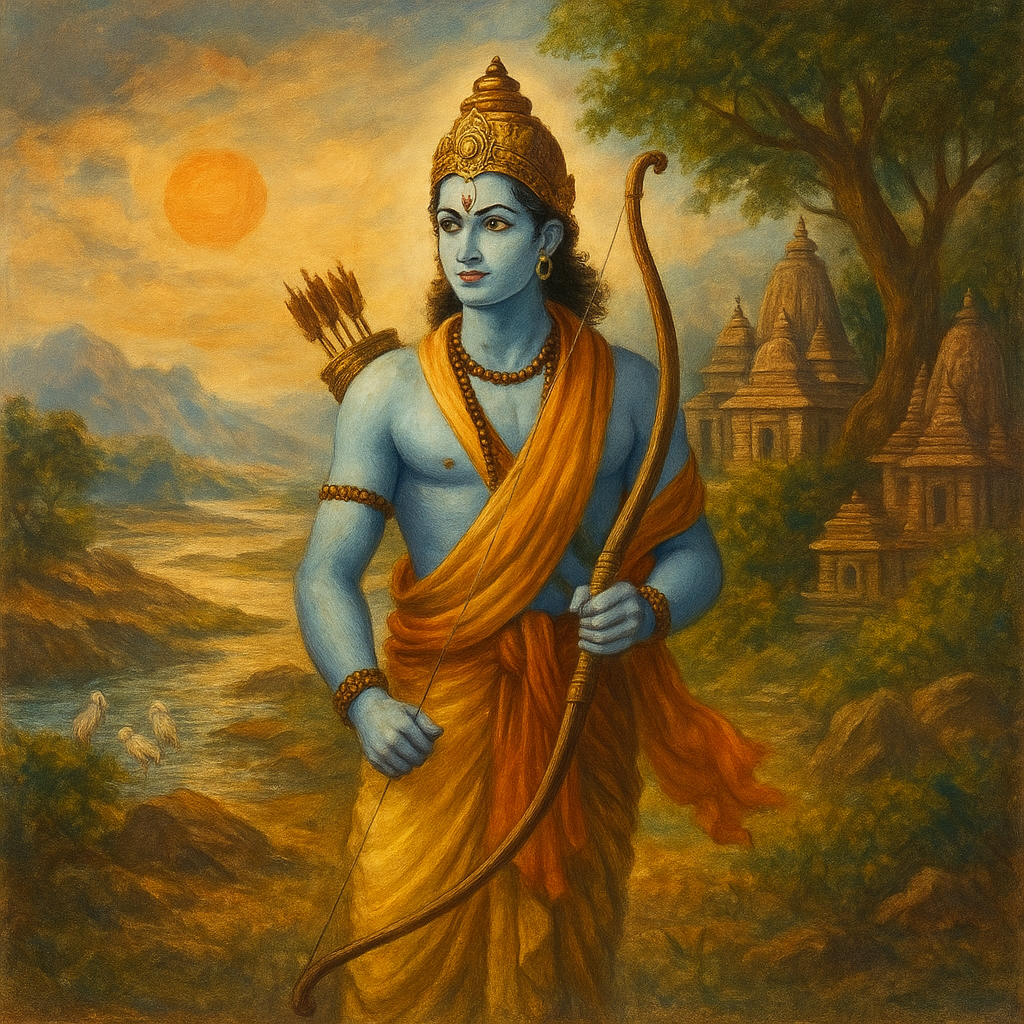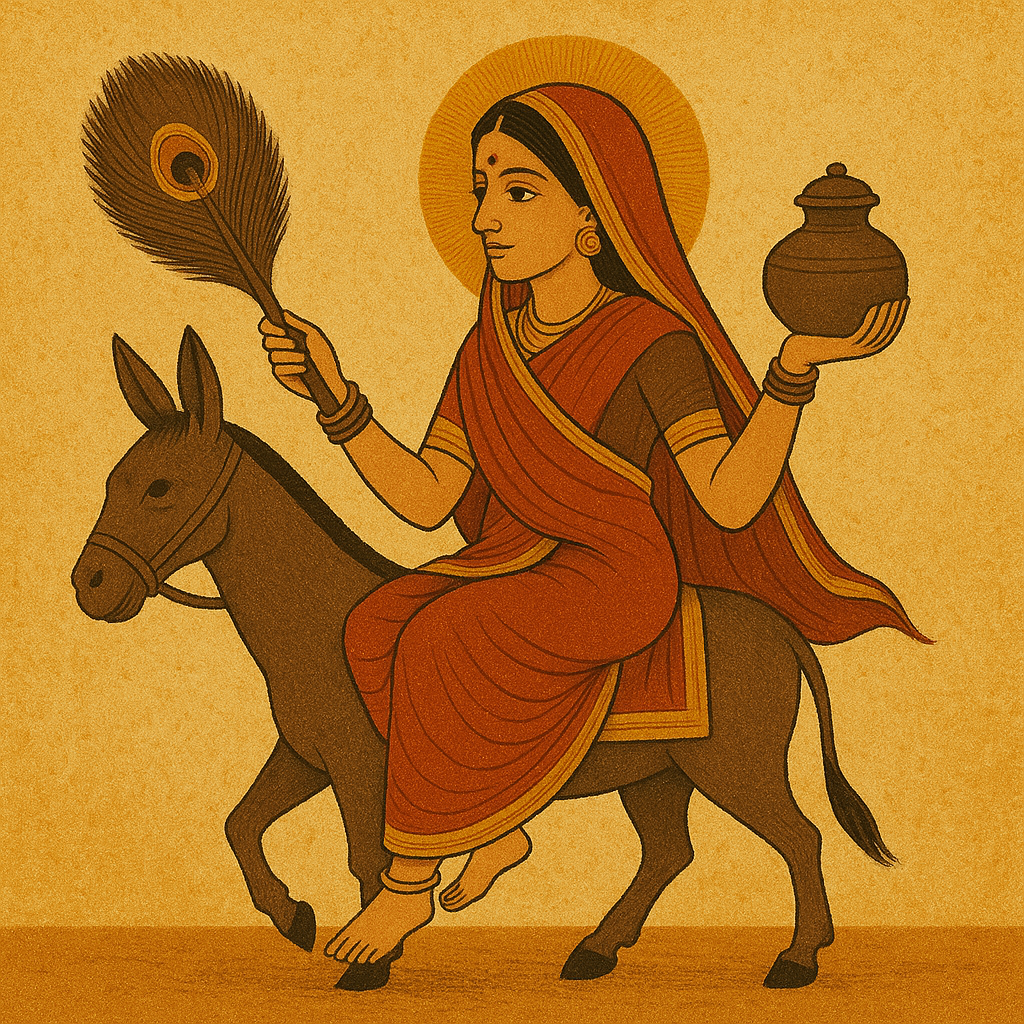Dhanu Sankranti, also known as Dhanur Maas, Dhanur Sankraman or Kharmas, is an important Hindu festival that commemorates the sun's transition from the Dhanu (Sagittarius) to the Makara (Capricorn) zodiac sign in the Hindu calendar. This celestial event is observed with great spiritual significance, and devotees frequently immerse themselves in holy rivers, perform rituals, and appeal to the sun deity or Surya Dev.
When is Dhanu Sankranti in 2026?
Dhanu Sankranti marks the commencement of the 9th month of the traditional Hindu calendar. It is celebrated on the first day of Pausha month to honour Bhagawan Jagannath and the Sun God. This holiday is mostly celebrated in the state of Odisha.
Dhanu Sankranti on Wednesday, December 16, 2026
Dhanu Sankranti Punya Kala - 10:29 AM to 04:21 PM
Duration - 05 Hours 52 Mins
Dhanu Sankranti Maha Punya Kala - 10:29 AM to 12:19 PM
Duration - 01 Hour 50 Mins
Significance of Dhanu Sankranti
Dhanu Sankranti signifies the gradual increase in daylight hours following the winter solstice and is regarded as a favorable time for new beginnings and religious activities in India, where regional traditions contribute to the celebration's rich cultural diversity.
Astrologically, Sagittarius adds a spark of spontaneity and excitement to Capricorn's love of structure, encouraging the energy of this sign to embrace a sense of adventure and break free from routine. Capricorn, on the other hand, provides Sagittarius with the stability and practicality they require to pursue their life goals. The transition of one zodiac sign to the next brings the best of both signs together, making this time of the year auspicious for bringing joyful perspectives to all sorts of personal projects and getting them started with enthusiasm and optimism.
On Dhanu Sankranti, special puja is performed and Bhagawan Jagannath and Surya Dev are worshipped on this day to attract good fortune. During the period of Dhanu Sankranti which usually last for a fortnight and ends on Makar Sankranti, Hindus do not conduct any holy activities such as marriages, engagement, thread ceremonies, buying a new vehicle, new house or house warming. On this day, however, it is considered auspicious to perform special rituals and make donations.
Celebrating Dhanu Sankranti
During Dhanu Sankranti, a street play is organized in the town of Bargarh in Odisha. The event depicts the important events from Bhagawan Krishna’s life at Mathura and Vrindavan. Bargarh Dhanu Yatra is associated with an art form known as Sanchar. It is a ‘Trimukhi’ form of art associated with songs, music and dance with mridangam being the main percussion instrument. Hindustani music, Dadra, Rupak, Sadra Jhapatal, Jhumpa, Dhruval and Athtal are played.
In Odisha, on the sixth day of the month of Dhanu Sankranti in the Shukla Paksha, Dhanu Yatra is carried out. During the yatra, Bargarh in Odisha looks like a replica of Mathura of the Dwapar Yug. Theatrical plays showcase the various aspects of Bhagawan Krishna’s life. His visit to Mathura is depicted in the plays. According to legend, he was invited by Kansa to witness the Dhanu Yatara ceremony. Balaram had also been invited, and Kansa had devised a plan to murder them both during the Dhanu Yatra festivities.
On this day, a renewal of the bow ceremony attended by Krishna is held. The “Bow Ceremony” is depicted in a street play as mentioned in the Bhagawad Purana. The annual festival showcases scenes right from Bhagawan Krishna’s birth to the death of the demon king.
Dhanu Sankranti Rituals
The day begins with celebrating Bhagawan Surya (Sun god). Early in the morning devotees of Surya dev will offer the sun god water and special prayers. These offerings are also accompanied by flowers.
Odisha natives take a sacred bath in the Ganga, Yamuna, and Godavari rivers on Dhanu Sankranti, indeed the Ganga Sagar fair is held every year on Dhanu Sankranti in West Bengal. Peasant families in Odisha and West Bengal clean their homes to welcome Lakshmi Devi. Rangolis are made from rice in the courtyard of the house, small bunches of mango leaves and rice stalks.
Devotees offer special pujas, arghya and flowers to the Sun God and Bhagawan Jagannath early in the morning. They begin a journey on Shashti Shukla Pousha which marks the sixth day of Pousha month as per the Hindu calendar. The Yatra continues till Pausha Purnima full moon day.
According to the temple tradition, during this month, Mahalakshmi, the consort of Bhagawan Jagannath visits her father’s house. Cakes prepared from black gram and wheat are cooked in ghee and offered to the deities known as ‘Pahili Bhog.’ Devotees flock to Jagannath temple in Puri to partake in ‘ Pahili Bhog .’
Women observe a fast, sankraman japa and pitru tarpan are offered. Rituals such as Dwar Phita, Aalati, Abakash niti and Pancha Upachar Bidhi are performed. The deities are adorned with new clothes.
Traditional Bengali sweets are made of rice flour, coconut, milk, jaggery and date syrup. Dhanu Muan, a special delicacy, is made of puffed rice, ghee, cashew nuts, coconut, cardamom, cinnamon and sugar.
It is considered auspicious to offer a donation and perform ancestral pujas. Sankraman Japam and Pitru Tarpan are performed on this day. Dhanu Sankranti is a good time to remember and honor ancestors who have passed away.
Do’s and Don’ts during Dhanu Sankranti
Keep in mind the following recommendations during Dhanu Sankranti:
- Tonsuring and janeu are also avoided during this time.
- Do not consume alcohol and non-vegetarian food during this time.
- Avoid tying the knot during this time since it is believed that it may result in marital discord.
- Building and selling houses is not considered auspicious around this time since there are higher chances of accidents.
- Avoid starting any kind of new business during this time since it may lead to debts, however it is a great moment to plan and wrap up all of the details.
- Individuals who have Pitra Dosha in their natal chart should indulge in Brahmin bhoj on no-moon days and donate clothes and food.
- Offering arghya to the Sun, taking holy baths and chanting mantras are essential during this time.
Legend of Dhanu Sankranti
According to the legend, Kansa had invited Bhagawan Krishna and Bhagawan Balram to Mathura to attend the bow ceremony since Kansa wanted to kill Bhagawan Krishna. However, both Bhagawan Krishna and Balram were aware of his motive. Akrura was the commander of the Yadav army. He was a minister of king Kansa and was related to Bhagawan Krishna.
Bhagawan Krishna was a threat to Kansa. Despite Kansa’s several attempts, he was unsuccessful in his motive to kill Bhagawan Krishna. Once, he asked Akrura to escort Krishna and Balram to Mathura for the bow ceremony hoping that he would succeed. This was a blessing in disguise for Akrura since he got a chance to meet the Bhagawan. On his way to Vrindavan, Akrura noticed Krishna's footprints in the sand. He was overwhelmed with joy.
When he arrived at Bhagawan Krishna's house, he was astounded to see him in all his glory. He was astounded by Bhagawan Krishna's generosity to his devotees. On their way to Mathura, Akrura warned Bhagawan Krishna and Bhagawan Balram before departing for a ceremonial bath in the Yamuna. He had divine visions of Bhagawan Krishna and Balram while riding in his chariot when he dipped his head in water.
The bewildered experience made him feel as if he was hallucinating. He again dipped his head in the water, only to see Bhagawan Krishna in his divine form. He returned to the chariot feeling blessed to have a vision of the Bhagawan in his grand form. Akrura then continued his journey to Mathura along with Krishna and Bhagawan Balram.
Dhanu Sankranti Puja Vidhi
As the main deity for the puja, you can use a small idol or picture of Bhagawan Surya, the Sun God. Collect fresh flowers and garlands to be offered to the deity. During the puja, you will need incense sticks and a lamp (Diya) with ghee or oil. Fruits such as bananas, coconuts, and seasonal fruits should be available.
- Begin by cleansing yourself by taking a bath and dressing in clean clothes.
- Arrange the Bhagawan Surya idol or image on a clean and elevated platform facing east, so that the first rays of the sun can fall on it in the morning.
- Light the lamp (diya) and the incense (dhoop) sticks.
- Sprinkle water on the image or idol of Surya Dev as a sign of purification.
- While chanting the Surya Mantra or any other Sun God mantra, offer the Panchamrita (mixture of milk, curd, ghee, honey, and sugar) to the deity.
- Recite Sri Surya Slokas such as Sri Aditya Hrudaya Stotram.
- While praying for blessings, offer flowers and garlands to the deity.
- Banana leaves, fruits, betel nuts, basil and dry fruits are offered to Bhagawan Vishnu, Lakshmi Devi and Bhagawan Brahma.
- Consider the significance of Dhanu Sankranti and send your prayers and good wishes to Bhagawan Surya.
- Perform the aarti by rotating the lamp clockwise in front of the idol while singing Bhagawan Surya aarti songs.
- After the puja has been completed, distribute the fruits and prasad (blessed offerings) to family members and guests.
Sri Surya Slokas
Sri Surya Chalisa
Sri Surya Gayatri Mantra
Sri Aditya Hrudaya Stotram
Sri Aditya Hrudayam Satha Namavali
Sri Bhaskara Stotram
Sri Ratha Sapthami Slokam
Sri Surya Kavacha Stotram
Sri Surya Ashtakam


-in-Astrology.jpg)






.jpg)




Comments 0
Leave your thought here